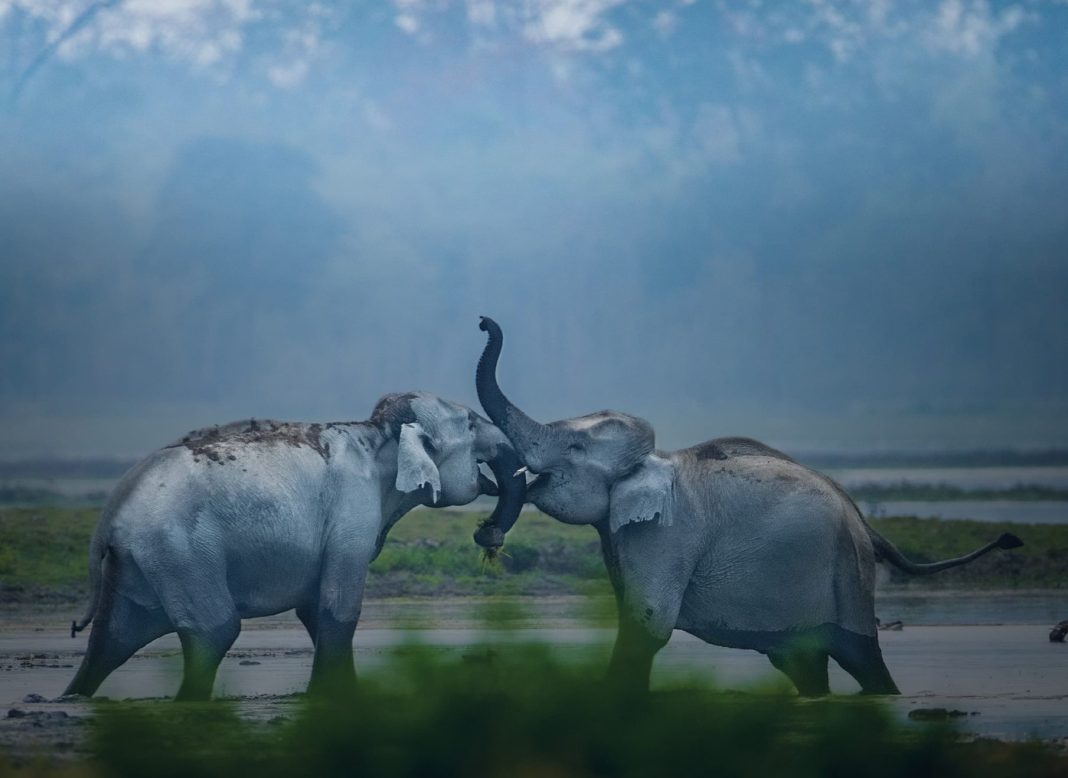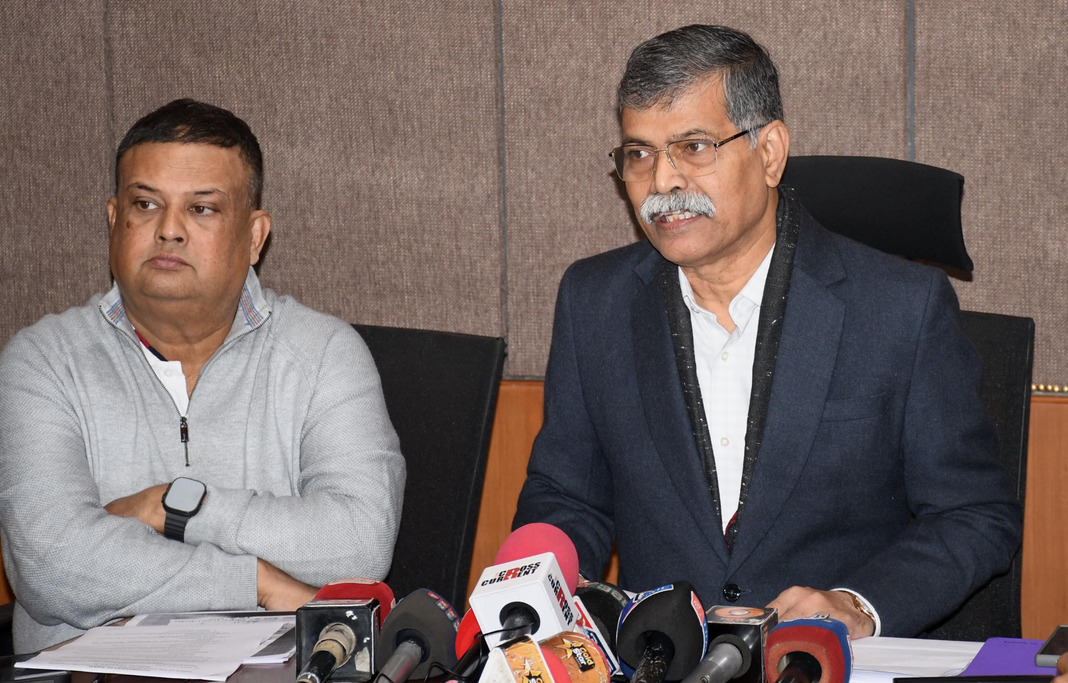Guwahati, Jan 2: Assam has an estimated 5828 elephants registering an increase of 128 in seven years since 2017.
“The elephant population in Assam has experienced positive growth, increasing from 5,719 in 2017 to 5,828 in 2024. Since 1993, the population has shown remarkable resilience, never dropping below 5,200 individuals despite significant habitat fragmentation, poaching pressures, and increasing human encroachment.
This steady trend highlights the effectiveness of conservation measures while also signalling areas of concern that need further attention” the Elephant Population Estimation Report( 2024) says. The census employed the Direct Visual Total Count (DVTC) method.
The report reveals that approximately 68% of the elephant population was recorded in protected areas like national parks and wildlife sanctuaries, while 30.5% resided in managed forests, and 1.5% in revenue areas outside traditional habitats.
The report says 52.2% of the population are adults which signifies a healthy, mature age structure. “Such a skew towards adults is characteristic of stable or slowly growing populations,” the report says. Sub-adults comprise 17.9 per cent, juvelines 12.3 per cent, and calves 17.6 per cent.
“The high proportion of calves reflects ongoing successful breeding and good fecundity rates. Generally, calf proportions above 15% indicate a population with active reproduction and potential for future growth, as noted in several long-term studies on Asian elephant demography” the report says.
“Although the adult segment is the largest, the substantial number of calves suggests that recruitment is robust, potentially balancing any adult mortality over time. Such a structure is favourable for the long-term conservation of the species, provided that threats such as habitat loss and human-elephant conflict are mitigated effectively” the report says.
The male population is 1748 while the female population is 3055. The analysis of the male elephant population structure is dominated by Makhnas (64.5%), followed by Tuskers (32.8%), and a small proportion of Ganesh-type males (2.7%). “The high proportion of Makhna in Assam reflects a phenomenon observed across parts of northeastern India, where selective pressures from poaching have favoured the survival of tuskless males. Despite their lack of tusks, Makhna plays a a critical role in breeding and maintaining the social structure of elephant herds” the report says.
“The distribution pattern of elephants in Assam, reveals that a significant majority of the state’s elephant
population is concentrated within the 5 Elephant Reserves, accounting for nearly 81.5% of the total elephant population. In contrast, only 18.5% of the elephants are located outside these reserves, highlighting the crucial role
ERs play in providing secure habitats and mitigating human-elephant conflict” the report says.
The Chirang-Ripu Elephant Reserve holds the highest population with 2,044 elephants while the Dhansiri-LungdiElephant Reserverve recorded the lowest density (6 elephants per 100 sq km), indicating severe habitat degradation and fragmentation.
The report has called for strengthening anti-poaching efforts, especially in low-density areas and vulnerable corridors, through increased patrolling and strategic deployment of forest personnel.
“Habitat quality within protected areas should be improved, and connectivity between fragmented habitats across Elephant Reserves and adjoining forest areas should be enhanced to facilitate safe movement and reduce the risk of isolation,” the report said.
It said all the elephant corridors should be identified and notified to secure long-term movement pathways for the species, thereby reducing the risk of habitat fragmentation and ensuring safe passage.
The report has called for large-scale community-based interventions, early warning systems, and innovative conflict mitigation strategies should be established in high-conflict zones to safeguard both human and elephant populations.
EOM




